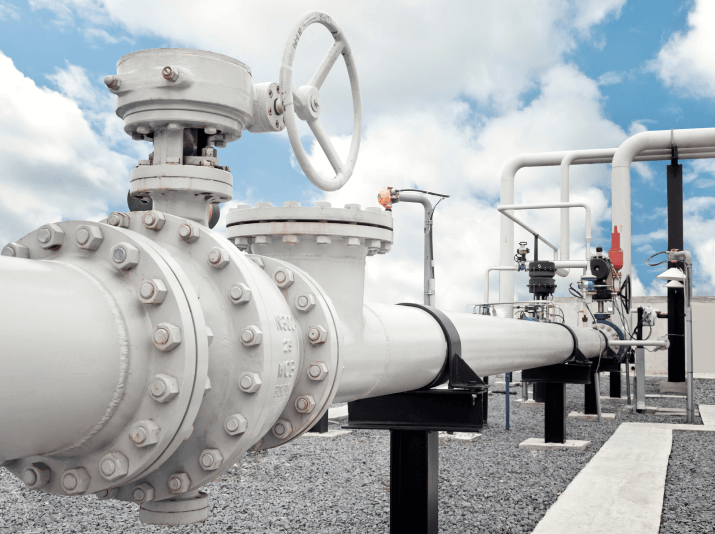UNACCOUNTED-FOR GAS
Unaccounted-for gas can be defined as the “difference between the amount of gas purchased and the amount of gas sold through a measured gas distribution system.” This difference is commonly described as a percentage of gas purchased: “PERCENT UNACCOUNTED-FOR GAS.”





